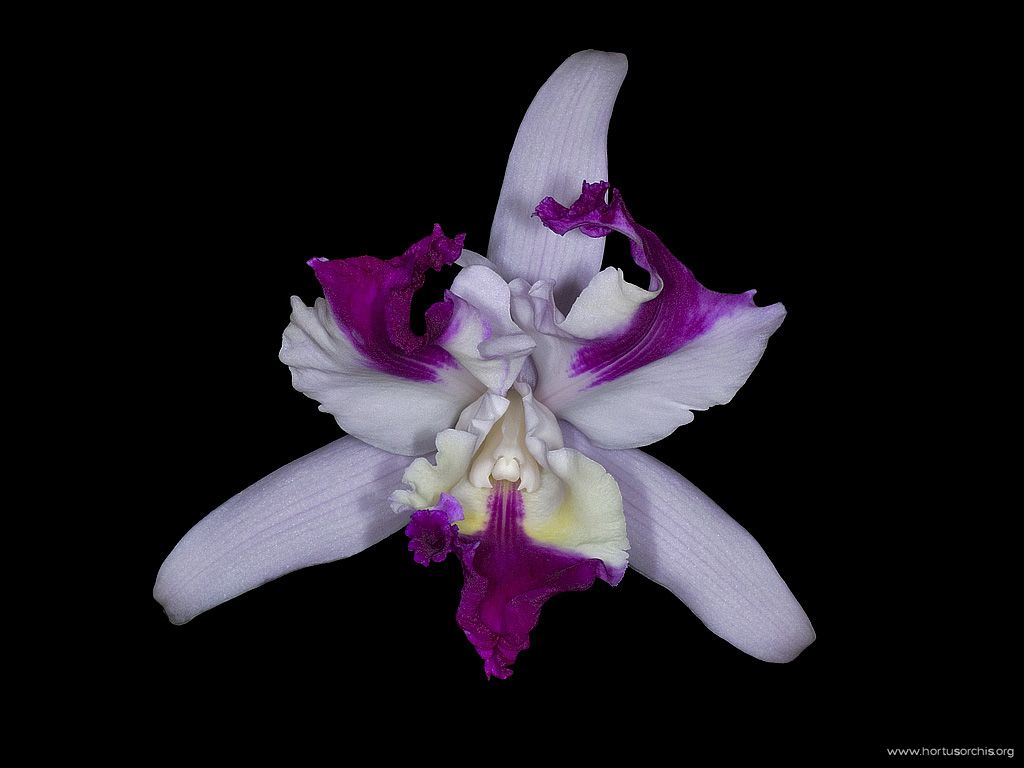| |
| taxonomy |
described by |
Graham, Robert |
| |
published in |
Botanical Magazine 55 : t . 2851 1828 |
| |
|
|
| var. aquinii |
described by |
Barbosa Rodriguez, João |
| |
|
aberrant form of the specie, caused by a dominant gene, entremets also to subsequent generations |
| |
|
|
| |
family |
Orchidaceae |
| |
subfamily |
Epidendroideae |
| |
tribe |
Epidendreae |
| |
subtribe |
Laeliinae |
| |
genus |
Cattleya Lindley 1821, bifoliate |
| |
|
|
| |
metabolism |
CAM pathway, stomata of the leaves are open at night. |
| |
|
(K.Silvera, L.S. Santiago, J.C. Cushman, K. Winter - International Symposium on Plant Biology, August 2013) |
| |
|
it is useful give the soluble mineal nutriens, on the roots. |
| |
|
|
| native of |
origins |
forests on the Atlantic coast, on rocks or small trees in Brazil (Paranà, Rio Grande do Sul, Porto Alegre,
|
| |
|
Rio de Janeiro, Cabo Frio, Arraial do Cabo, São Paulo, Santa Catarina, Maranhao, Barreirinhas,
|
| |
|
Morro de Ladeira), Uruguay, Paraguay |
| |
altitude |
0 - 300 m ( 0 - 990 ft) |
| |
habitat |
climate informations from Passo Nono (Rio Grande do Sul, Brazil) |
| |
|
Köppen climate classification : Cfa, humid subtropical climate in all seasons, with very hot summers |
| |
|
the weather station data (temperatures are calculated for an altitude of 150 m (500 ft)) : |
| |
|
 |
| |
photoperiod |
in Passo Nono this orchid bloom with a photoperiod, that varies during the year, from 13 h 58 m' to 10 h 02 m' |
| |
life form |
epiphyte or litophyte |
| |
brightness |
sunny to full sun |
| |
|
|
| inflorescence |
length |
18 - 20 cm (7.2" - 8"), apical |
| |
nr fiori |
3 - 4, fragrants |
| |
size |
single flower 12 L 10 cm (4.8" L 4") |
| |
duration |
single flower, ≈ 30 days |
| |
time |
to bloom from birth, ≈ 25 - 30 days |
| |
|
|
| CITES |
appendix |
II |



